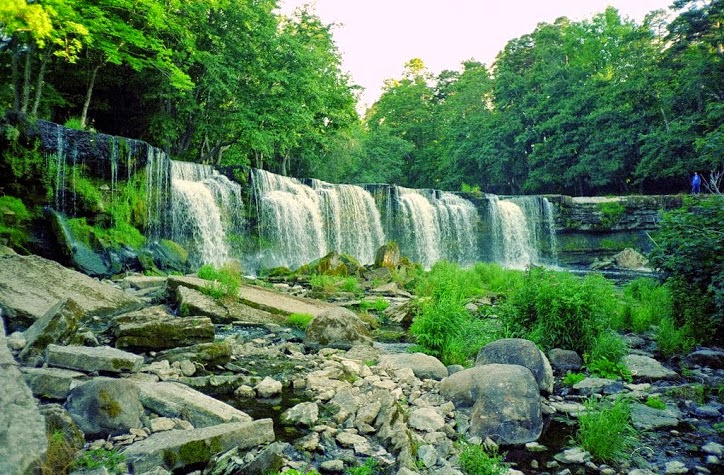When you’re a beginner, and you get excited about seeing beautiful
birds of any kind. However when you’ve been photographing or bird watching for
some time, it's all about ticking off groups of birds. Well, the attractive ruddy kingfisher also called Halcyon
Coromanda is an average sized tree kingfisher which is commonly distributed in
east and Southeast Asia, ranging from South Korea and Japan in the north, south
through the Philippines to the Sunda Islands, and west to China and India. It
is a migratory bird in the northern part of the range migrating as far south as
Borneo during winter.
In
the vicinity of southern parts of its range, the ruddy kingfisher is uncommon
in Japan, where it is extremely sought after by birders. The global population
size has not been computed, but the species is reported to be extensive but
usually rare and uncommon. Ruddy kingfishers inhabit forested areas from the
temperate to tropical zones, often in thick jungles and rainforests. The bird
size is reaching approximately 25 cm; the ruddy kingfisher has a very big,
bright red bill and equally red legs. The body is rust red, usually deepening
to purple at the tail. There is slight sexual dimorphism though some sources
state that male birds are somewhat brighter in plumage.
Such
as kingfishers, ruddy kingfishers usually feed on fish, crustaceans, and big
insects; however in areas with less running water, they’re famous to take frogs
and other amphibians. The population is suspected to be in decline owing to
loss of coastal mangroves as well as occasional collisions with lighthouses and
collection for taxidermy Due to its preference for heavily forested areas, the
kingfisher's high, descending call is more often heard than the bird itself is
seen, and these birds usually travel singly or in pairs. The binomial name
recalls the Coromandel Coast of India.


























































